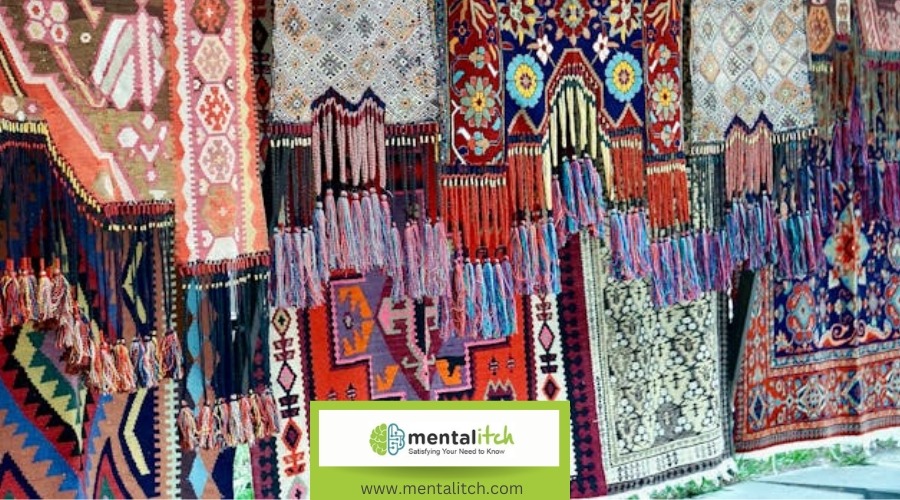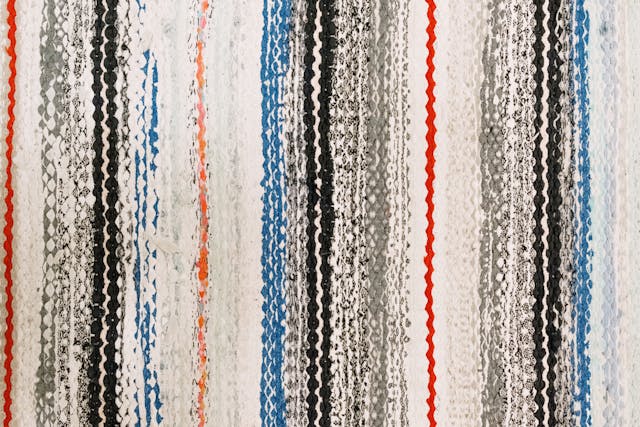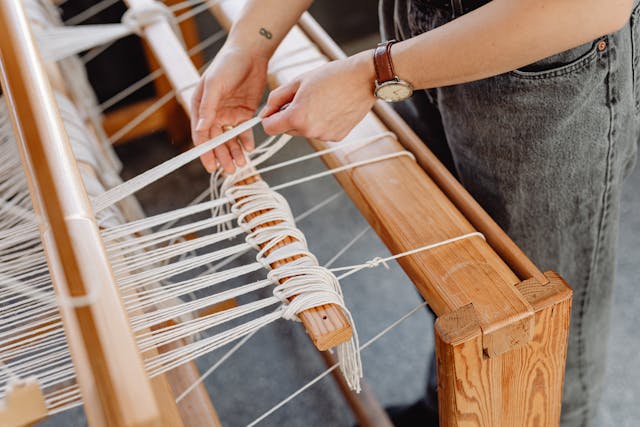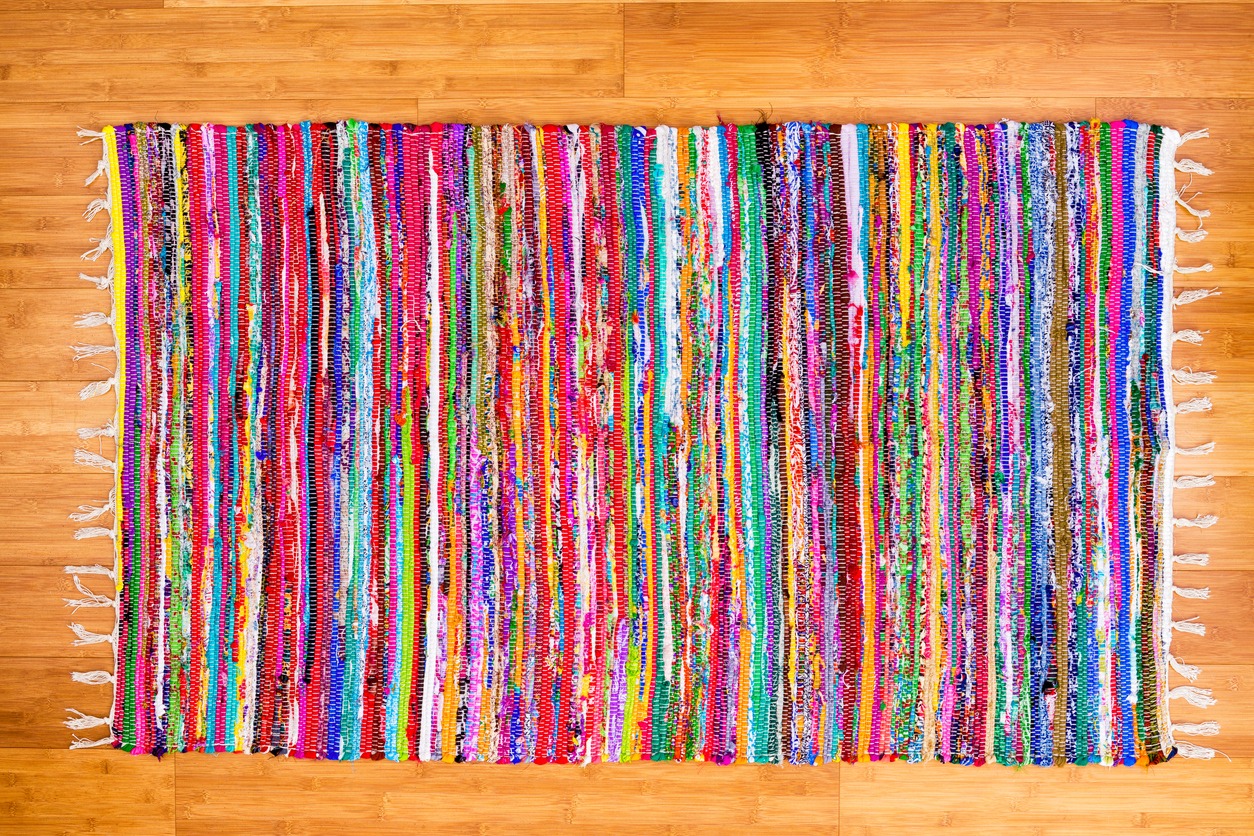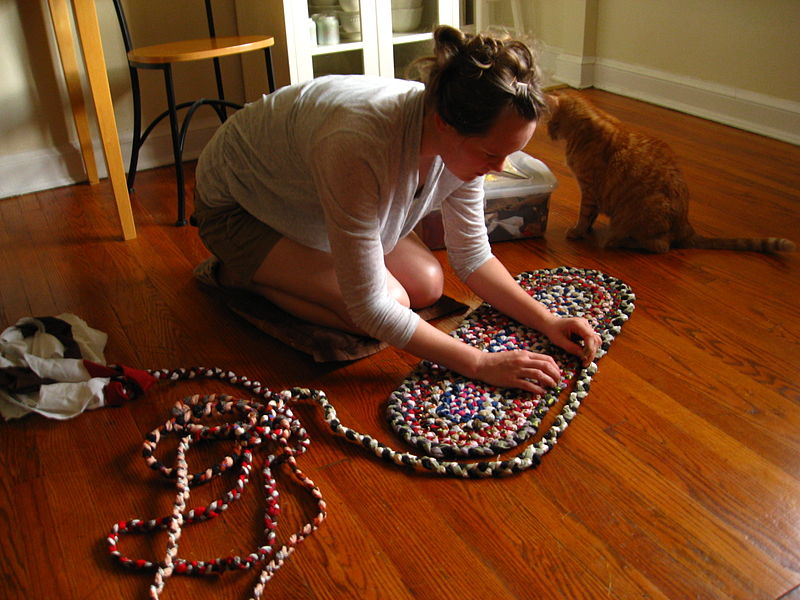You’d think recognizing the best quality rugs involves a magic carpet ride of sorts, but alas, it’s grounded in more practical considerations. When you’re on the hunt, you’re essentially looking for the superhero of textiles – one that combines durability, craftsmanship, and a touch of luxury without breaking a sweat.
Paying attention to factors like knots per square inch, material quality, and whether it’s handmade versus machine-made, elevates your space from merely furnished to thoughtfully curated. But how can you distinguish a well-crafted tale from a well-crafted rug? Stick around, and you’ll uncover the secrets to making an informed choice that will last generations.
Assessing Material Quality
When choosing a quality rug, it’s essential to first assess the material’s quality, as the type of wool or dye used can significantly impact its durability and appearance. Persian wool, renowned for its superior softness and strength, is a hallmark of high-quality rugs. This exceptional wool, fed to sheep on specific diets, ensures your rug not only feels luxurious underfoot but also stands the test of time. Countries like India, Pakistan, and China import this premium wool for their rug production, highlighting the global recognition of Persian wool’s unmatched quality.
Moreover, the dyes used in quality area rugs play a crucial role in their aesthetic appeal and longevity. Organic vegetable dyes, known for their vibrant and natural hues, are preferred for hand-knotted rugs, offering a palette that resists fading over time. This commitment to using natural dyes not only enhances the rug’s beauty but also contributes to its authenticity and environmental friendliness.
In your quest for a quality rug, prioritize those made with Persian wool and organic vegetable dyes. Such materials ensure that your handmade rugs not only embody exceptional craftsmanship but also hold true to the promise of durability and authentic charm.
Handmade Vs. Machine-Made
In the realm of quality rugs, the choice between handmade and machine-made options significantly impacts their overall value and durability. You’ll find that handmade rugs, such as Persian and Oriental ones, are typically of higher quality and more durable than their machine-made counterparts. This is primarily because handmade rugs are crafted using traditional methods, like hand-knotting, which allows for intricate designs and superior craftsmanship that machine-made rugs, produced on power looms, simply can’t match.
The attention to detail in handmade rugs is unparalleled, reflecting a level of artistry and skill that contributes to their unique aesthetic and long-lasting quality. As a result, these rugs possess a longer lifespan, often becoming family heirlooms passed down through generations, while machine-made rugs might only maintain their appearance and integrity for around 20 years.
Given these facts, the initial higher investment in a handmade rug pays off substantially in terms of quality, beauty, and longevity. Unlike machine-made rugs, which prioritize mass production and efficiency over quality, handmade rugs embody the essence of traditional craftsmanship and enduring value, making them a wise investment for those who value quality and durability in their home decor.
Understanding Dye Processes
You must consider the dye process used in your rug, as it significantly affects the rug’s color vibrancy and longevity. Natural dyes are renowned for providing a luminous glow that enhances the rug colors, ensuring they remain vibrant for years. This type of dye is known for its longevity, meaning your rug withstands the test of time with colors that don’t easily fade.
On the other hand, synthetic dyes, while cost-effective, lack the vibrancy and durability offered by their natural counterparts. They might offer a quick fix in terms of initial brightness, but over time, you’ll notice a decline in their luster.
To combat sun damage, which can prematurely age your rug, rotating it periodically ensures that natural dye colors don’t fade unevenly. High-quality dye processes, such as those employed by Tufenkian, guarantee that the colors in your rug remain fade-resistant and as vibrant as the day you bought it. Additionally, the foundation color of a rug can be a telltale sign of the dye type used. A more authentic, deeper foundation color often indicates the use of natural dyes, underscoring the rug’s overall quality and dye process integrity.
Evaluating Pile Height
Assessing the pile height of a rug is crucial as it directly affects both its durability and suitability for different spaces in your home. Low-pile rugs, known for their resilience, have a longer lifespan compared to their mid and high-pile counterparts. This is due to their ability to resist snagging and reduce dirt accumulation. For areas in your home that see a lot of foot traffic, such as hallways and living rooms, low-pile rugs are more practical. They’re less prone to staining and wear, making them an ideal choice for busy spaces.
However, that doesn’t mean mid-pile and high-pile rugs don’t have their place. In low-traffic areas like bedrooms, where there’s minimal wear, these rugs can still last long and add a touch of luxury and comfort. The key is understanding the impact of pile height on a rug’s durability based on the specific room’s usage patterns.
Knot Density Insights
After understanding how pile height affects a rug’s durability and suitability, let’s explore another crucial factor: knot density. Knot density, measured in Knots Per Square Inch (KPSI), plays a vital role in determining rug quality. A higher knot count not only signifies a more durable rug but also ensures better clarity in its patterns and designs. When you’re in the market for a high-quality area rug, paying attention to the KPSI can guide you toward superior options.
Different weave types affect the overall quality and durability of rugs. Handmade Oriental rugs, for instance, are renowned for their intricate details, which are a direct result of the high knot density. These rugs reflect the significant time and labor invested in their creation. Moreover, the use of premium wool, particularly Persian wool, further amplifies the quality and softness of these high-quality rugs. Wool rugs, celebrated for their durability, benefit immensely from high knot counts, which enhance both their aesthetic appeal and longevity.
Additional Details
- Be sure to check out options for large Area Rugs
- You can also shop rugs SF as well
Conclusion
In sum, you’ve got all you need to pick out a top-notch rug. Check the materials carefully; natural, high-quality fibers are your best bet. Remember, handmade rugs outshine machine-made in durability and value. Pay attention to the dye process—organic dyes mean vibrant, long-lasting colors.
Don’t overlook pile height and knot density; they’re key indicators of a rug’s lifespan and plushness. Armed with these insights, you’re ready to select a rug that’ll beautify your space for years to come.
